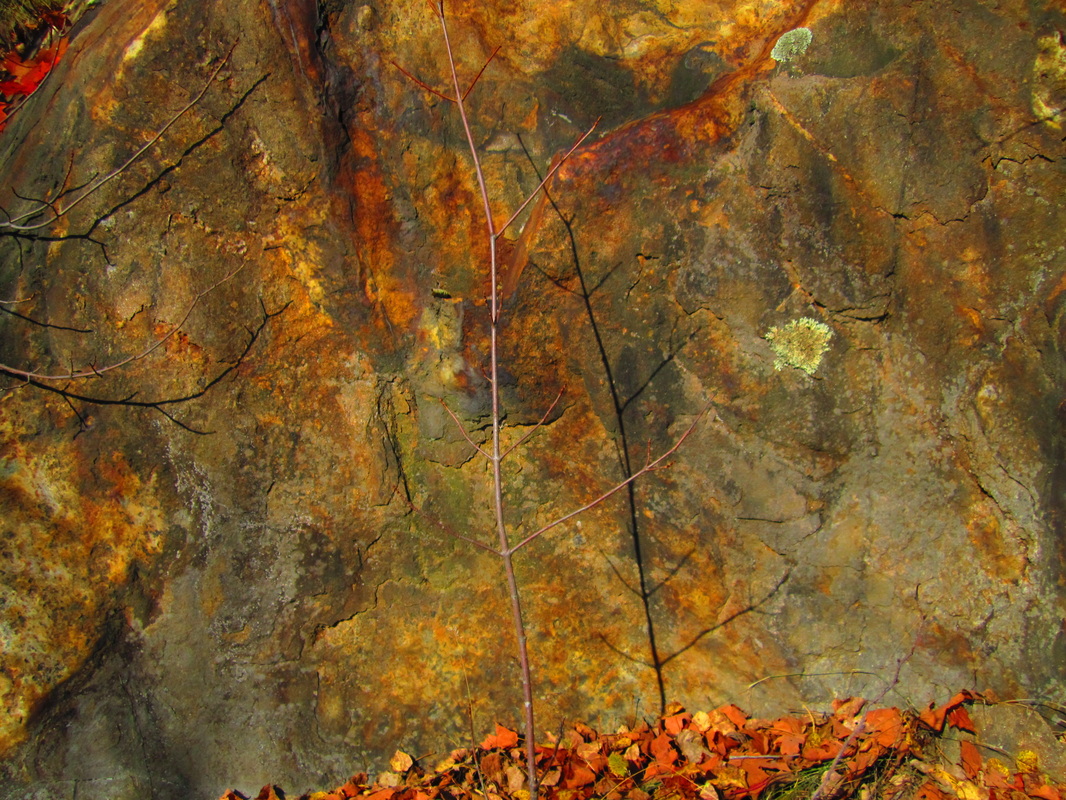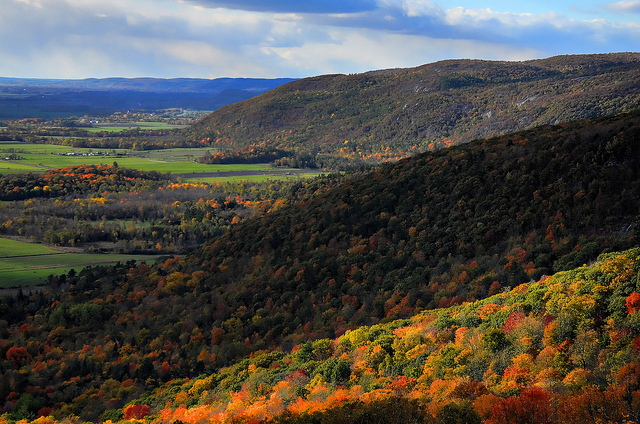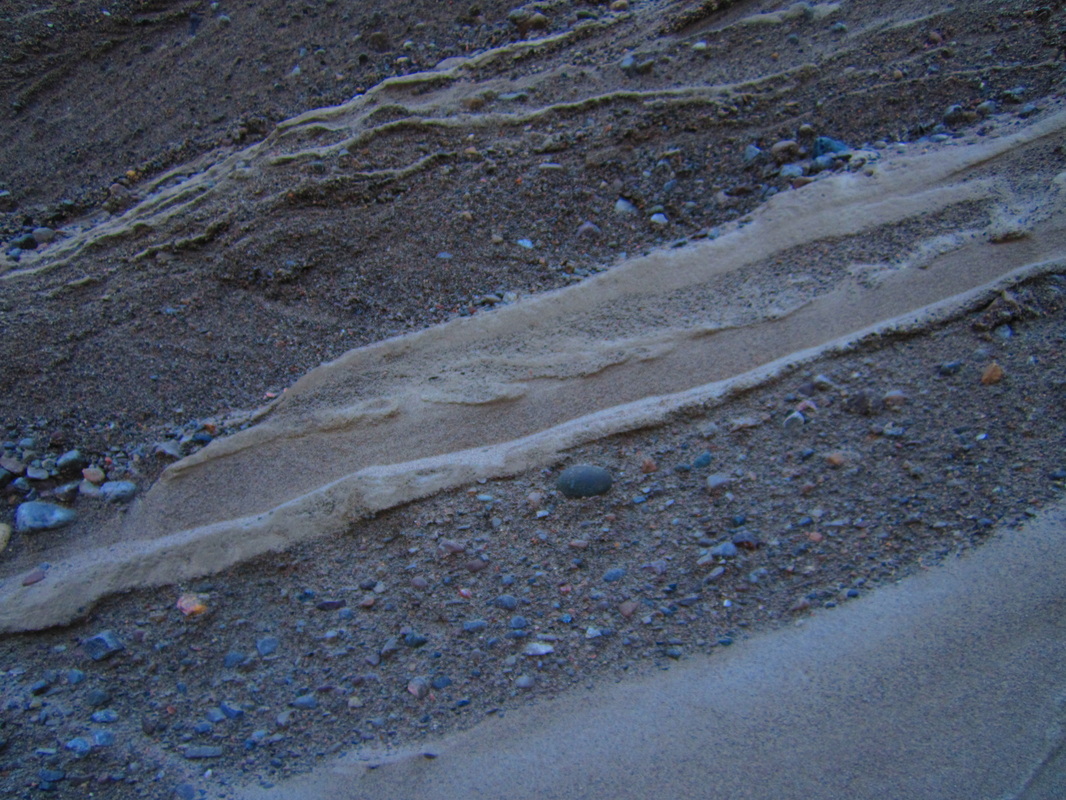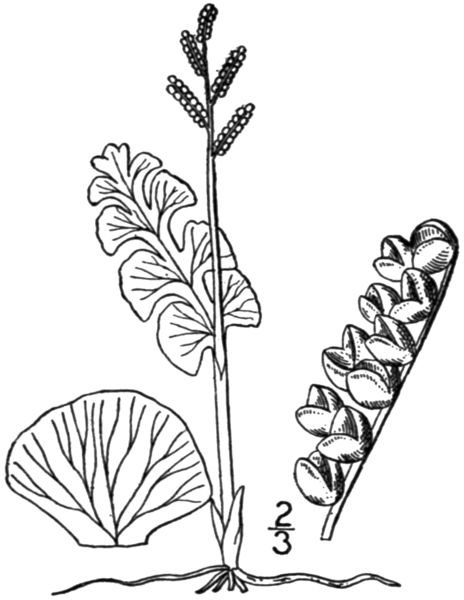Maybe it's not a coincidence that the elements of water and geology are the chosen metaphors for my relationship to history. It was through the concepts of landscape-level tracking in the Canadian Shield landscape of my home region that I began practicing that momentary switch in perspective.
The sea left behind sand plains, dunes, and pine barrens. Ancient drainage deltas trace this story beneath present-day forests, formed as the sea retreated. Ancient marine clay deposits today cradle swamps and peat bogs, and sometimes surprise small towns with sudden landslides.
Just over ten thousand years ago, the sea floor began to rise and shrug off the waters. This process, called isostatic rebound, was the land straightening up and stretching its shoulders after undergoing immense compression beneath two kilometres of ice for a hundred thousand years. Three hundred years later, the sea was gone.
I've read that blue jays are the main drivers behind the northward expansion of oak trees in the post-glacial species creep. Their snatching and stashing of acorns left some to germinate, thereby inching the species north. Well, not really inching: their expansion is thought to have proceeded at 400 yards per year. This reciprocal relationship selected for oaks that bore acorns of a manageable size for blue jay beaks. Among the rustling red oaks of the sun-drenched escarpment, it's easy to imagine myself standing on a scraped-clean landscape, the unobstructed norwesterlies damp and cold in my face, listening to the yells of the blue jays bringing life north.




 RSS Feed
RSS Feed